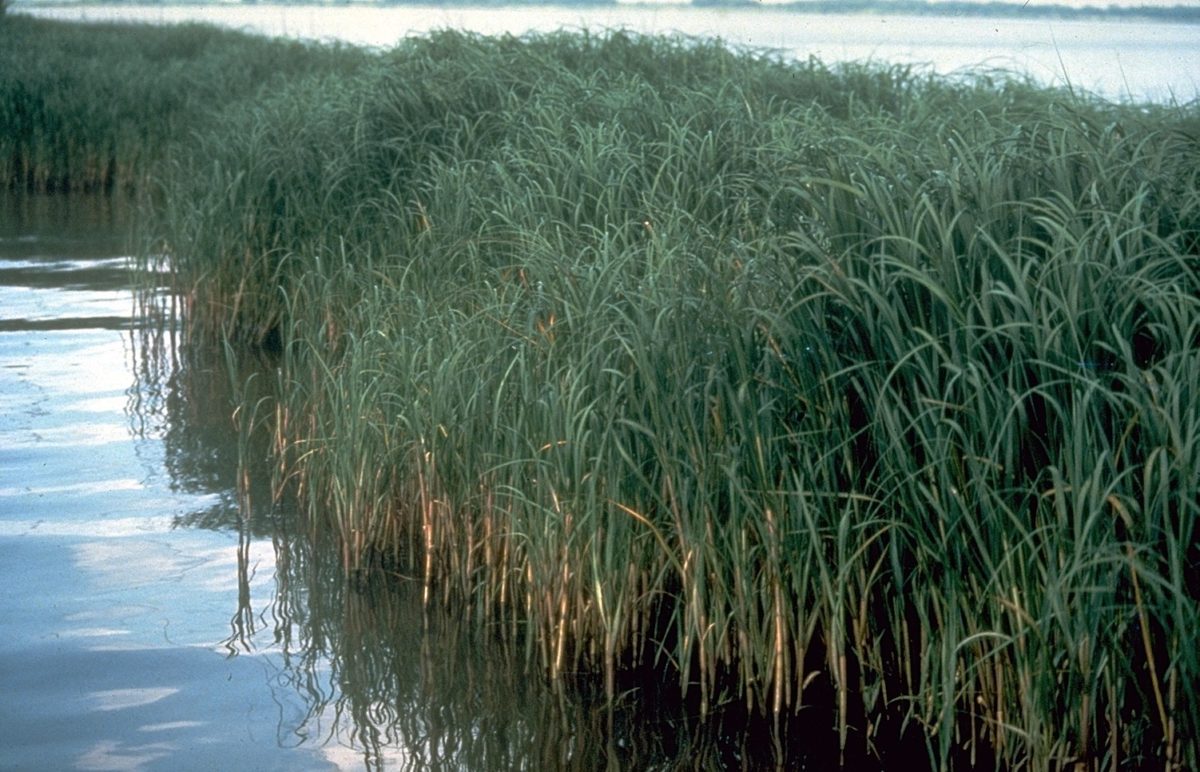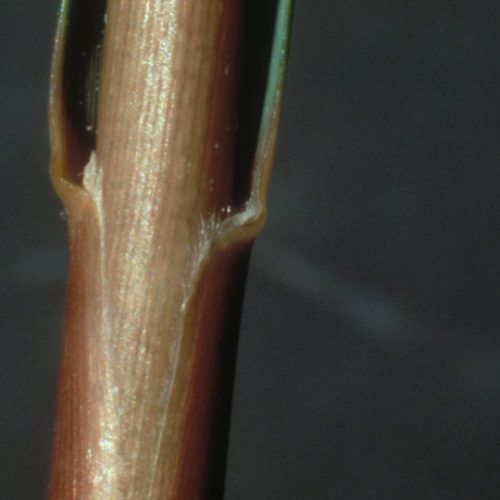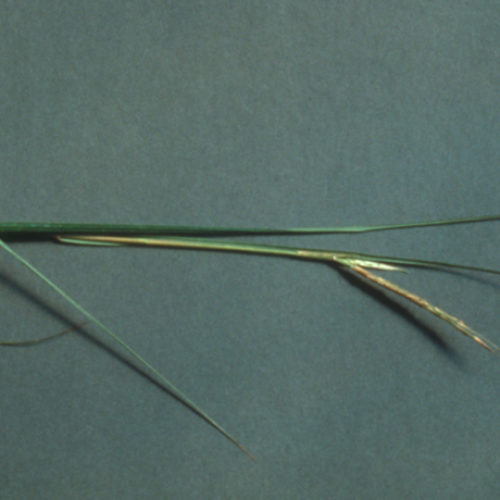Smooth Cordgrass
Spartina alterniflora

Family: Poaceae
Weed class: A
Year Listed: 1989
Native to: Atlantic and Gulf coasts of North America, South America
Is this Weed Toxic?:
not known to be
Legal listings:
WAC 16-752; WSDA Quarantine list (prohibited plant list)
Why Is It a Noxious Weed?
It displaces native species, destroying habitat and food sources for fish, waterfowl and other marine life. It also interferes with recreational activities and is difficult and expensive to control since it is located in areas that are hard to access.
How would I identify it?
General Description
Smooth cordgrass is a rhizomatous, perennial grass and is 2 to 4 feet tall. The plant is deciduous; its stems die back at the end of each growing season.
Flower Description
The flowers are inconspicuous and borne in a congested spike which is 2 to 3 inches long.
Leaf description
The blades are 1/4 to 3/5 inch wide. Ligules consist of a fringe of hairs.
Stem description
The stems are hollow and hairless.
Where does it grow?
Smooth cordgrass is found growing in the intertidal zone, where it colonizes mud- or sandflats in saline or brackish water. Please click here to see a county level distribution map of smooth cordgrass in Washington.
How Does it Reproduce?
Smooth cordgrass can spread by seed, rhizome, or vegetative fragmentation.
How Do I Control It?
Mechanical Control
Seedlings can be pulled out effectively but care should be taken to remove both shoots and roots. Covering small clones with woven geotextile fabric has been successful on Spartina. Mowing infestations can contain growth, limit seed set and eventually kill the plants. To be effective, clones must be mowed repeatedly, beginning with initial spring green-up and continued until fall die-back. In some cases, repeated mowing will be required for three or four years.
Cultural Control
Diking can be used as a containment measure, since dikes confine the lateral spread of rhizomes. They inhibit nutrient flow and oxygen exchange, can be used to flood areas which will eventually bring about Spartina death and will also kill other species that cannot tolerate prolonged flooding.
Biological Control
Several insects feed on Spartina in its native range. More research is needed before biocontrols can be introduced in Washington.
Herbicide Control
Please refer to the PNW Weed Management Handbook, or contact your county noxious weed coordinator.
For More Information
See our Written Findings for more information about smooth cordgrass (Spartina alterniflora).
WSDA's Spartina Eradication Program
Pierce County NWCB Fact Sheet on smooth cordgrass
Whatcom County NWCB Fact Sheet on Spartina spp.





